Manulla (1903)
Technique: Giclée quality print
Recommended by our customers
More about this artwork
"Manulla," a captivating artwork by Lilly Walther, painted in 1903, presents a powerful expression of human emotion and cultural identity. This evocative portrait features a man enveloped in a vibrant shroud of red and white fabrics, creating a striking contrast against the dark and muted background. The man's gaze is intense and forward, transcending the physical boundaries of the painting and engaging directly with the viewer.The choice of colors is significant, with the red possibly symbolizing strength, passion, or struggle, while the white may represent purity, peace, or spiritual depth. The way the fabric drapes around the man’s face not only focuses the viewer’s attention on his expressive eyes and solemn expression but also adds a sense of depth and texture to the piece.Lilly Walther's use of bold, expressive brushstrokes and thoughtful composition in "Manulla" makes it an enduring piece that speaks to themes of resilience, identity, and the human experience.
Delivery
Returns
Lilly (Caroline Auguste Bertha) Walther (Valter) was a Baltic German artist and restorer.
She mostly Created flower and landscape pictures, still lifes and portraits (both oil paintings and watercolors ). The artist's ability to capture character is manifested primarily in drawings depicting children and portraits of Estonian peasants. SHe also worked in the field of ceramics and leather and textile art. In 1905 she participated in the design of the art salon of the Kluge & Ströhm bookstore in Tallinn.

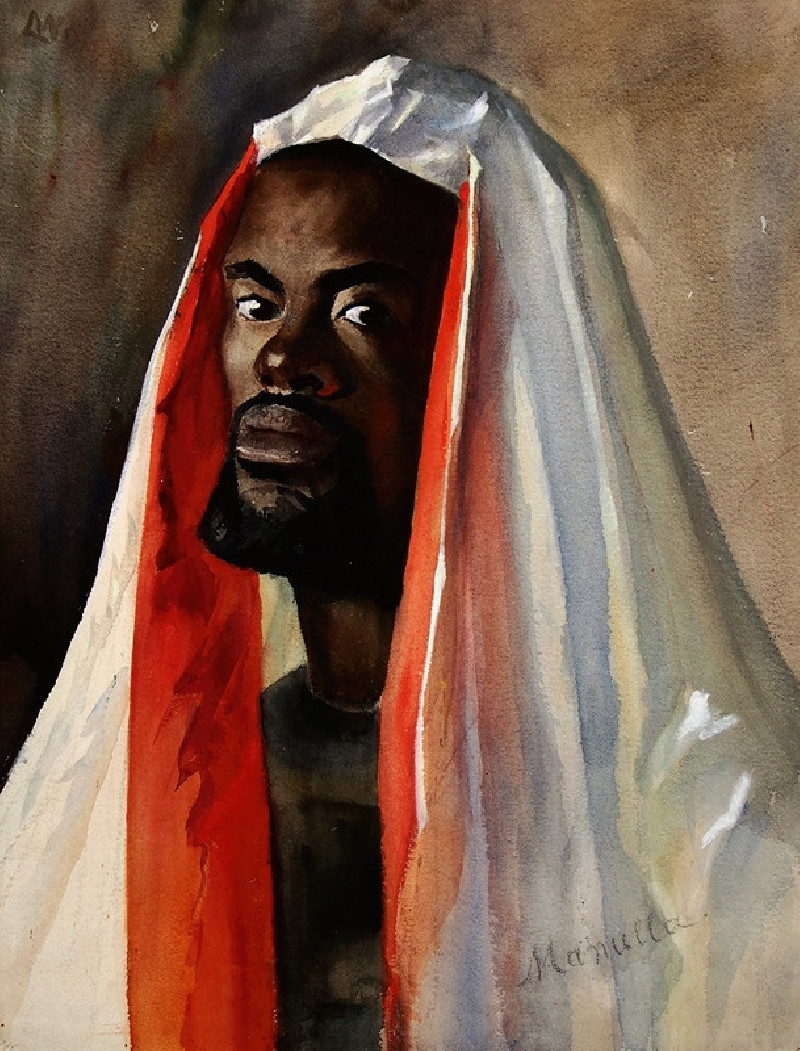
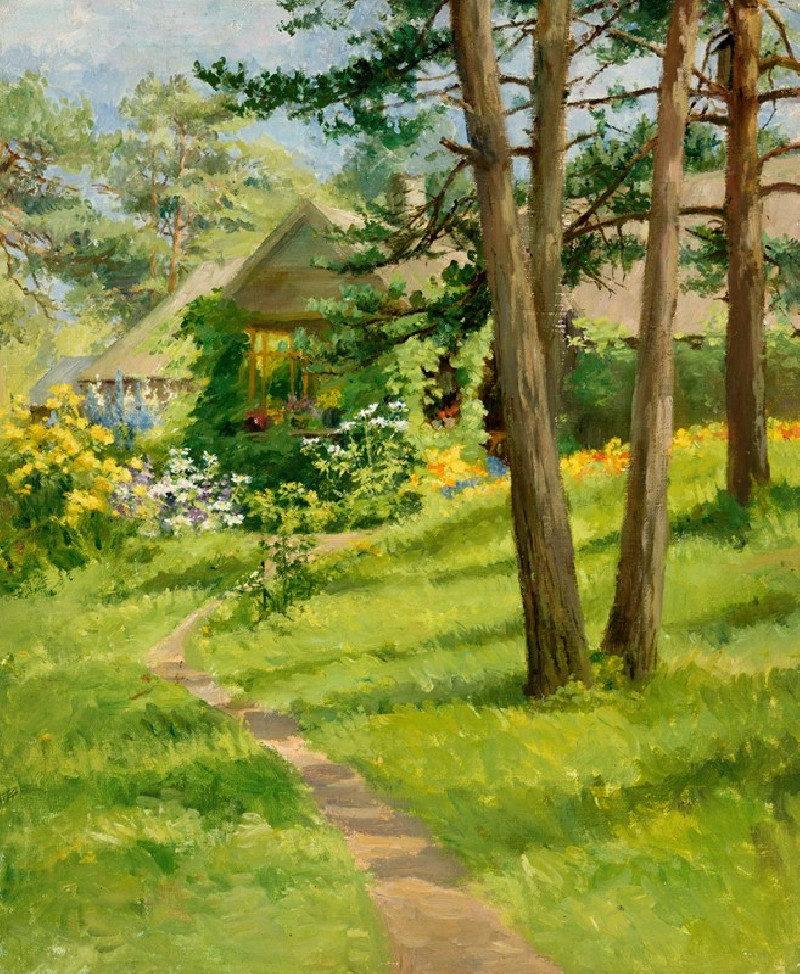
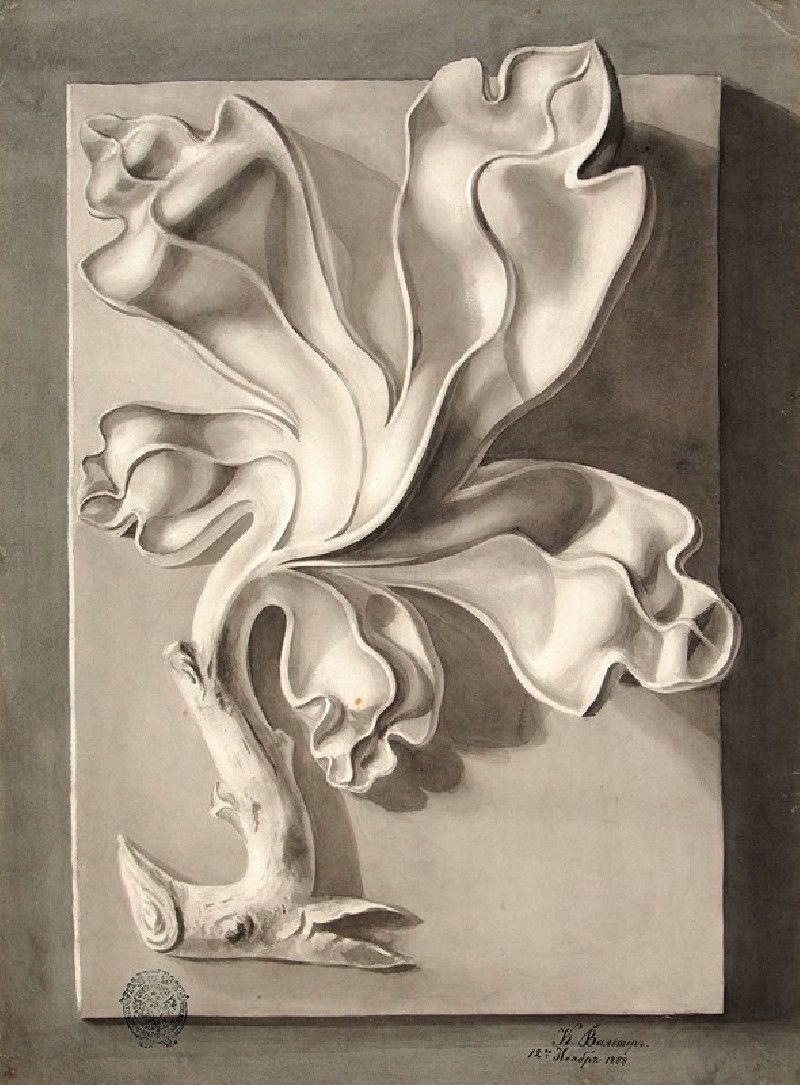
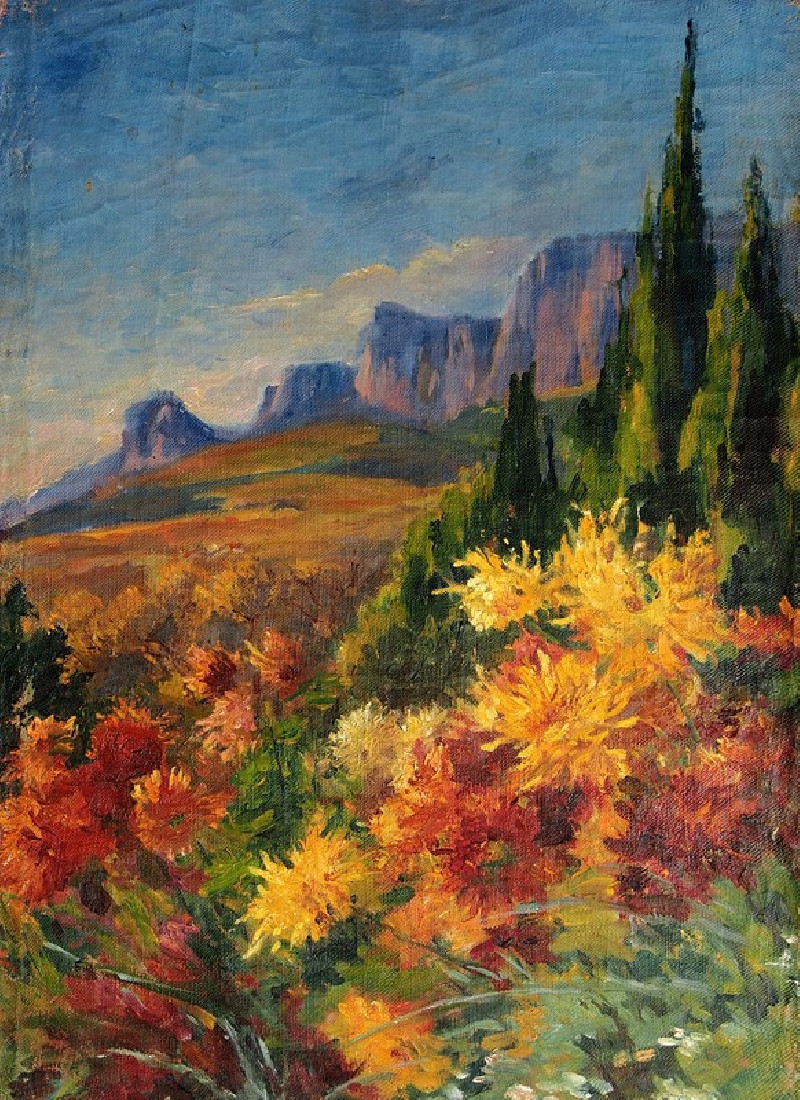

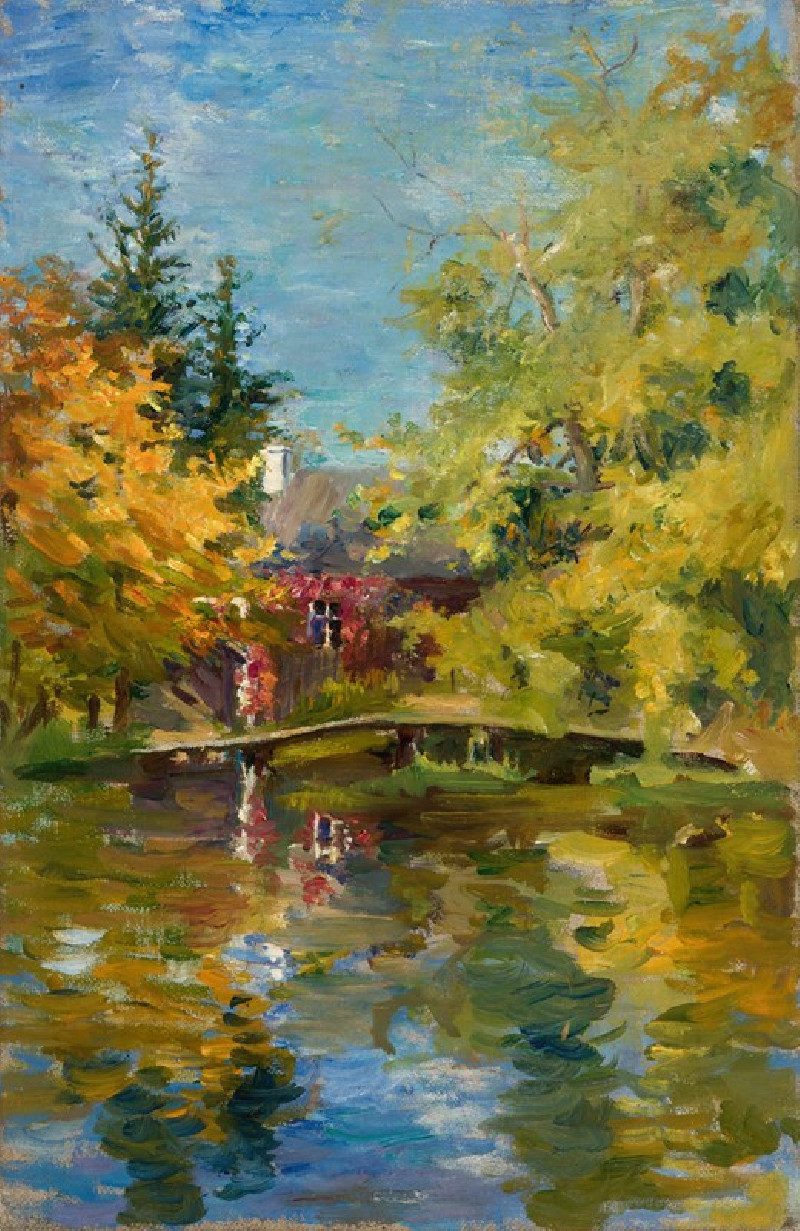
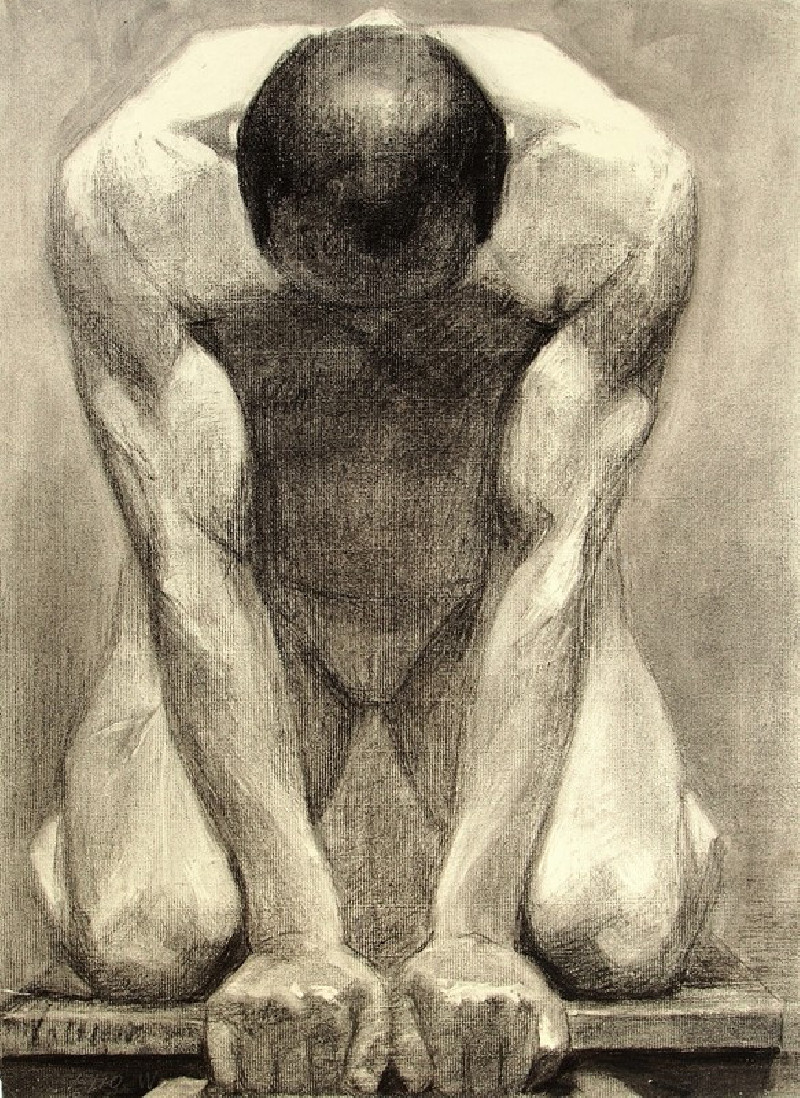


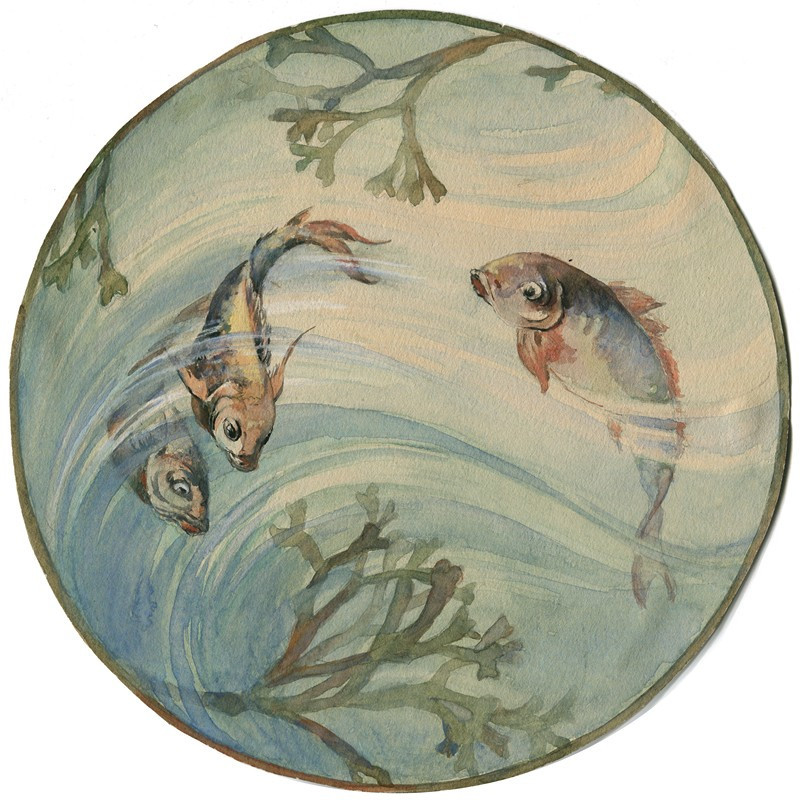


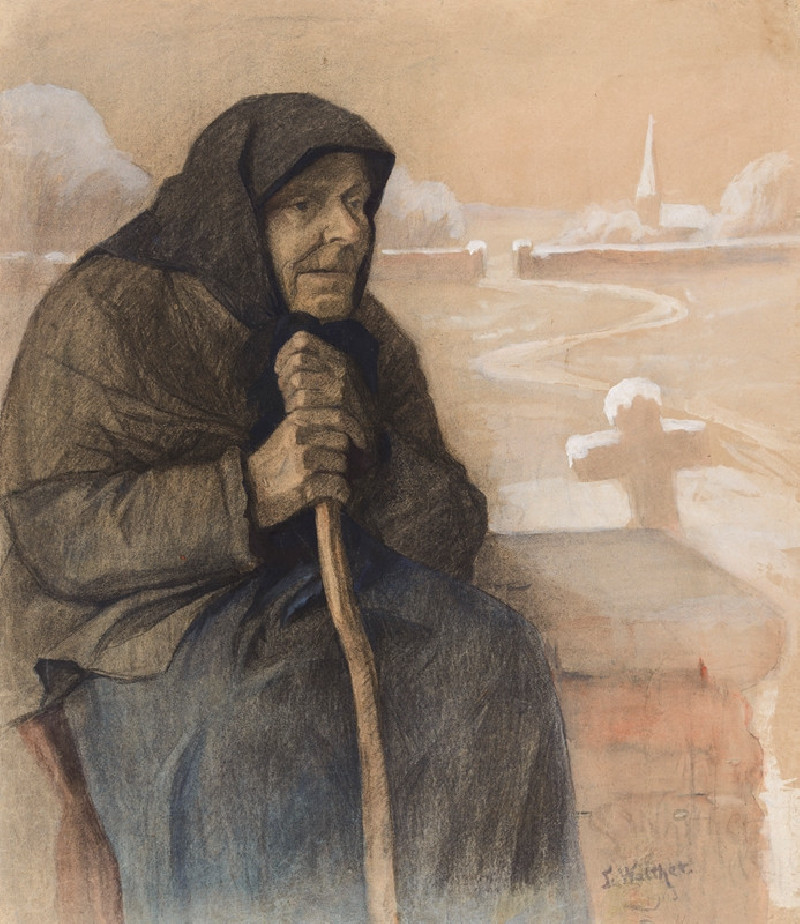
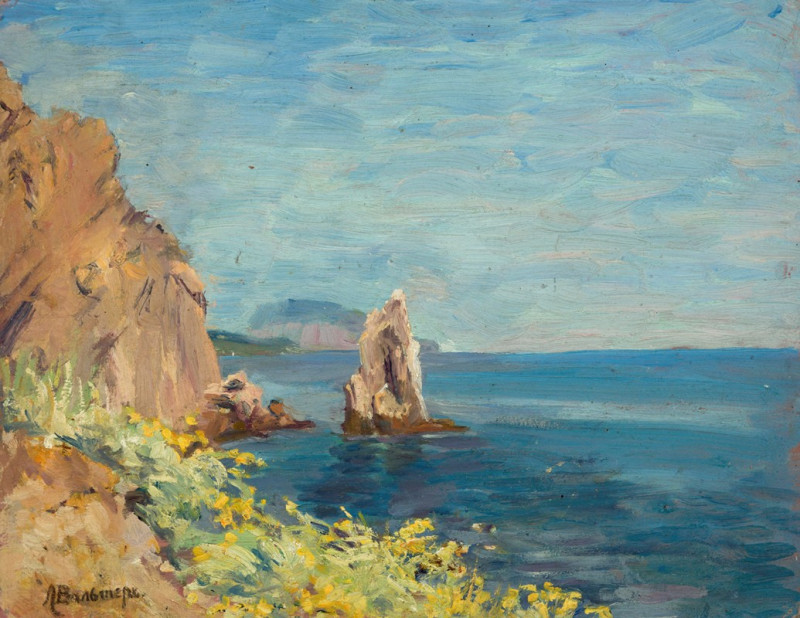
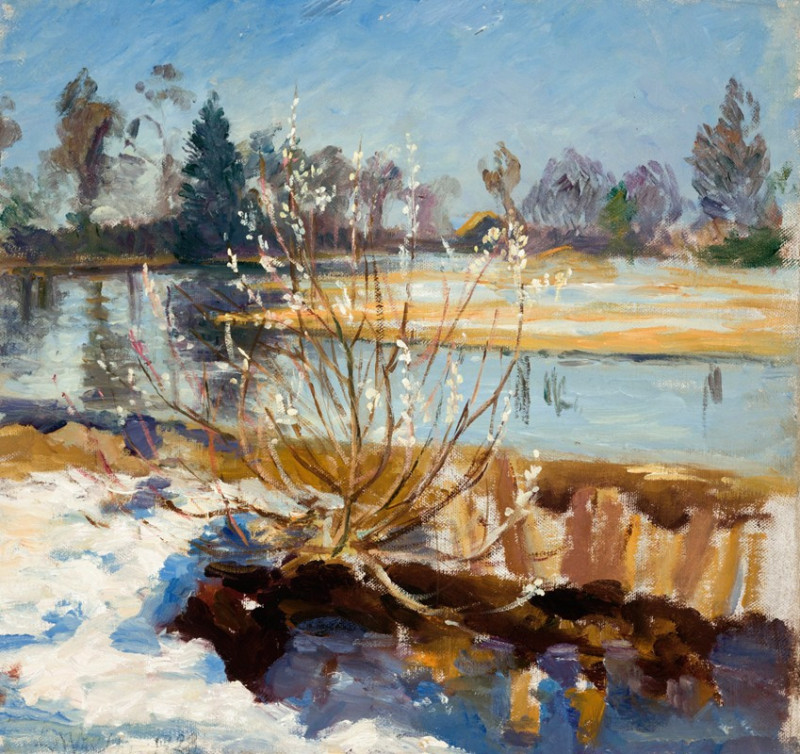

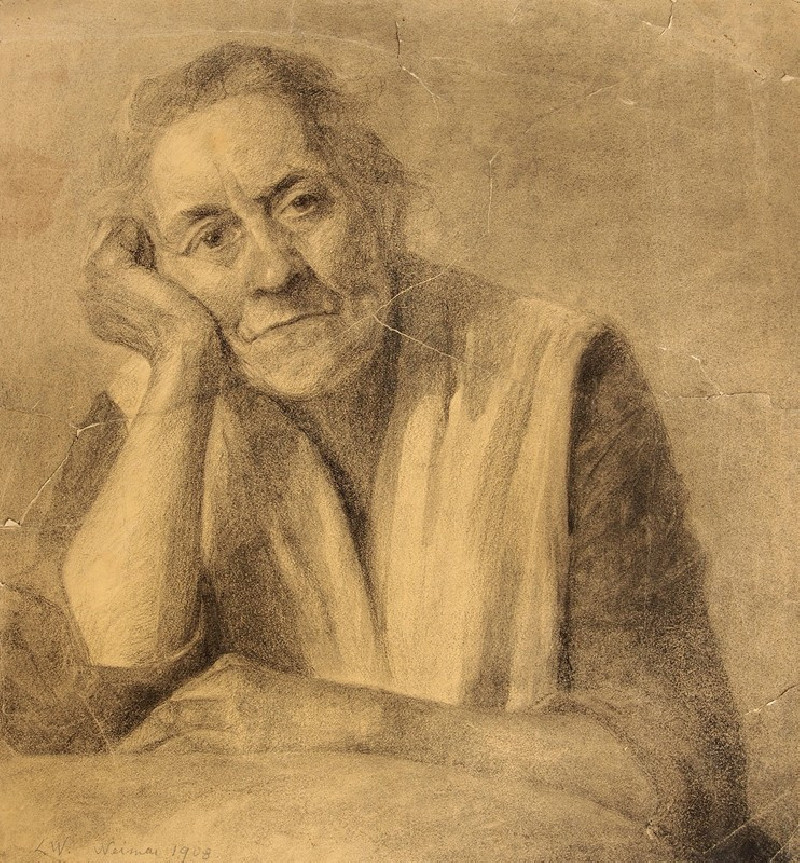
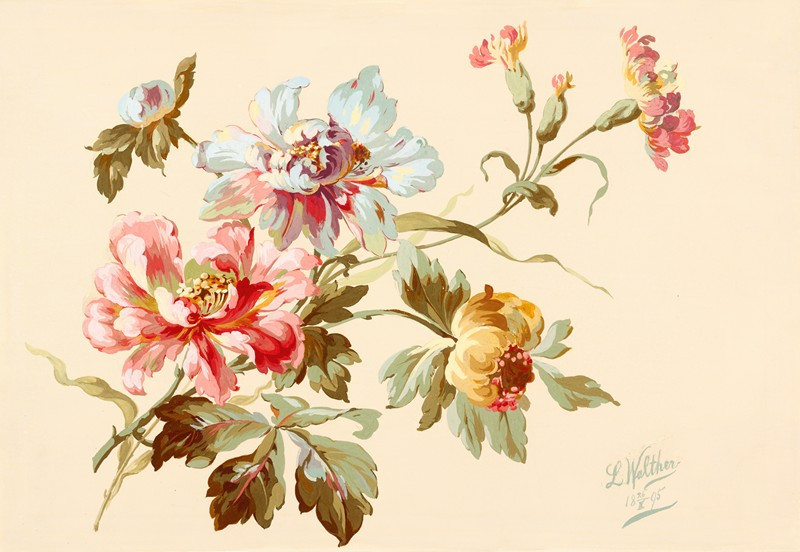
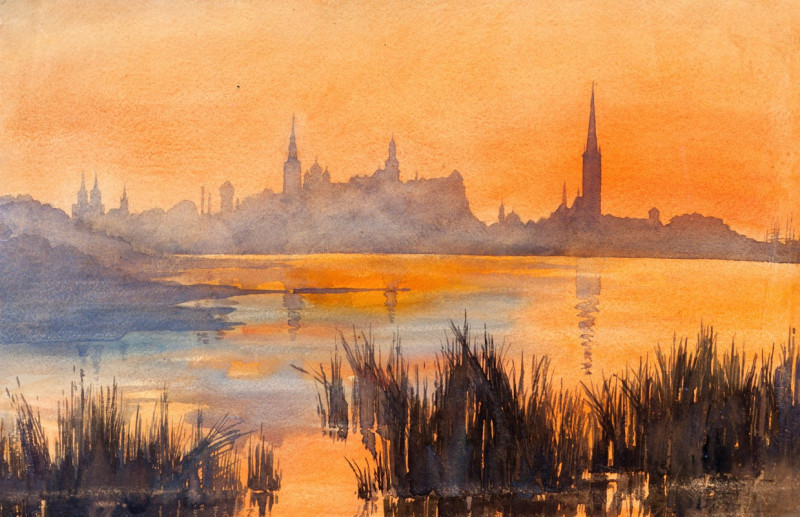

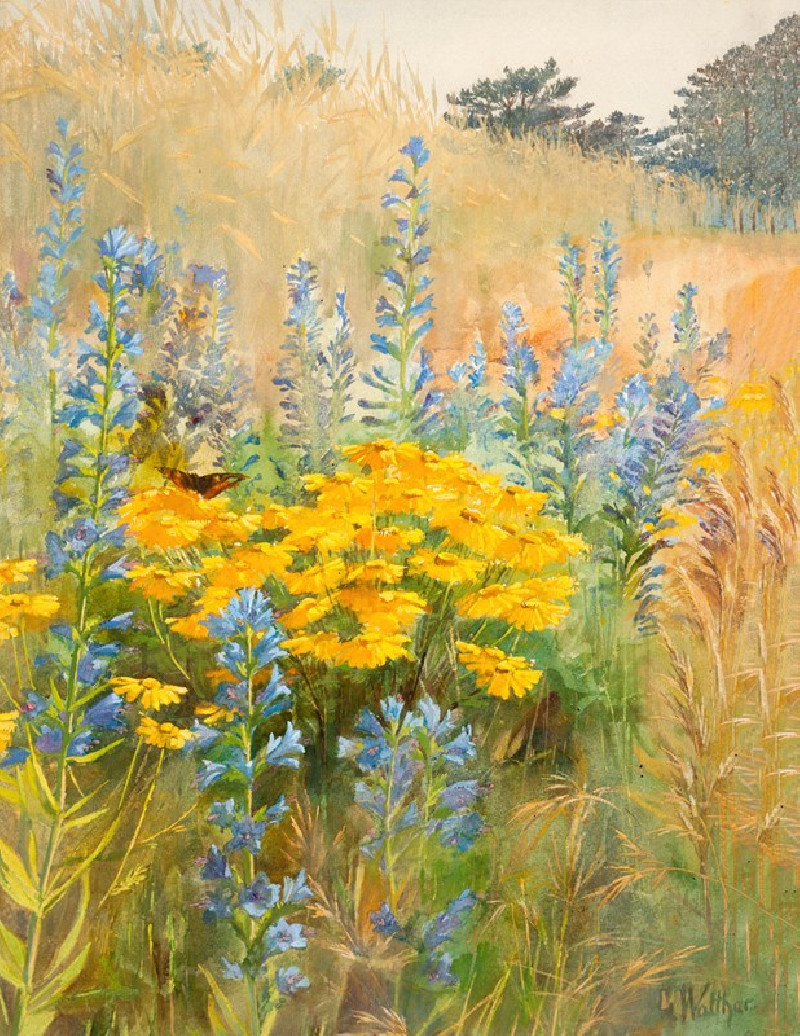

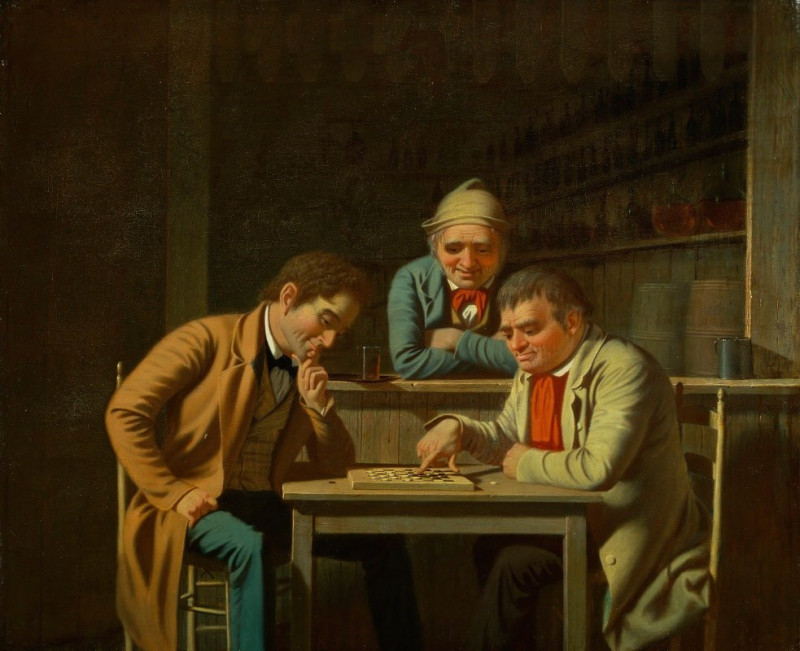

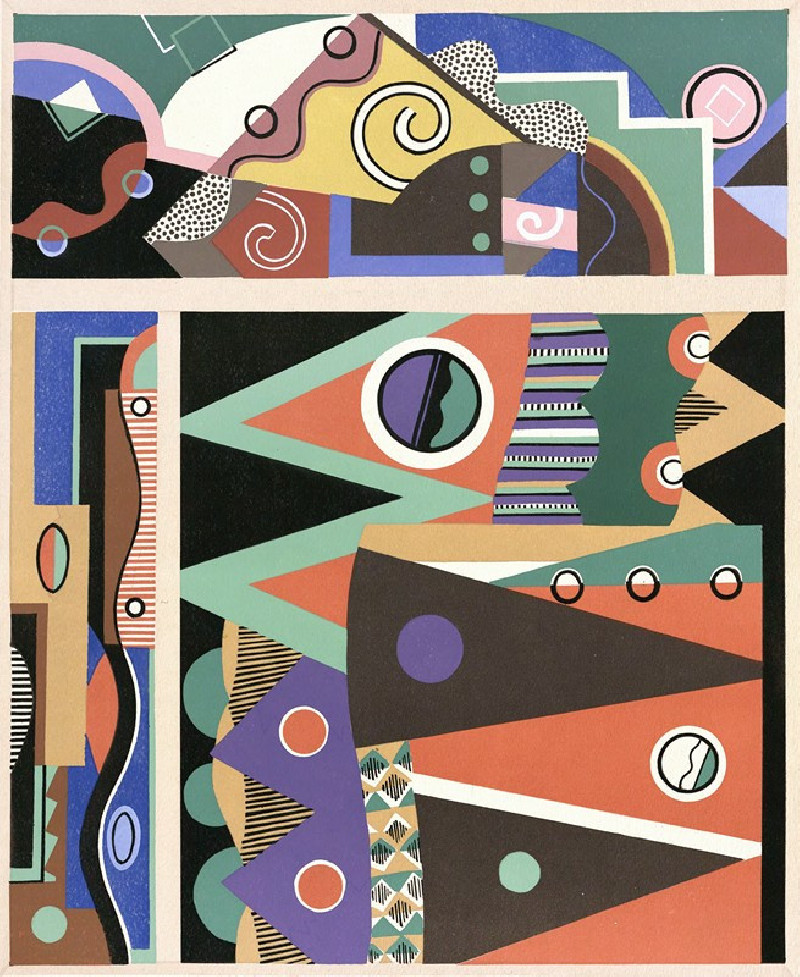

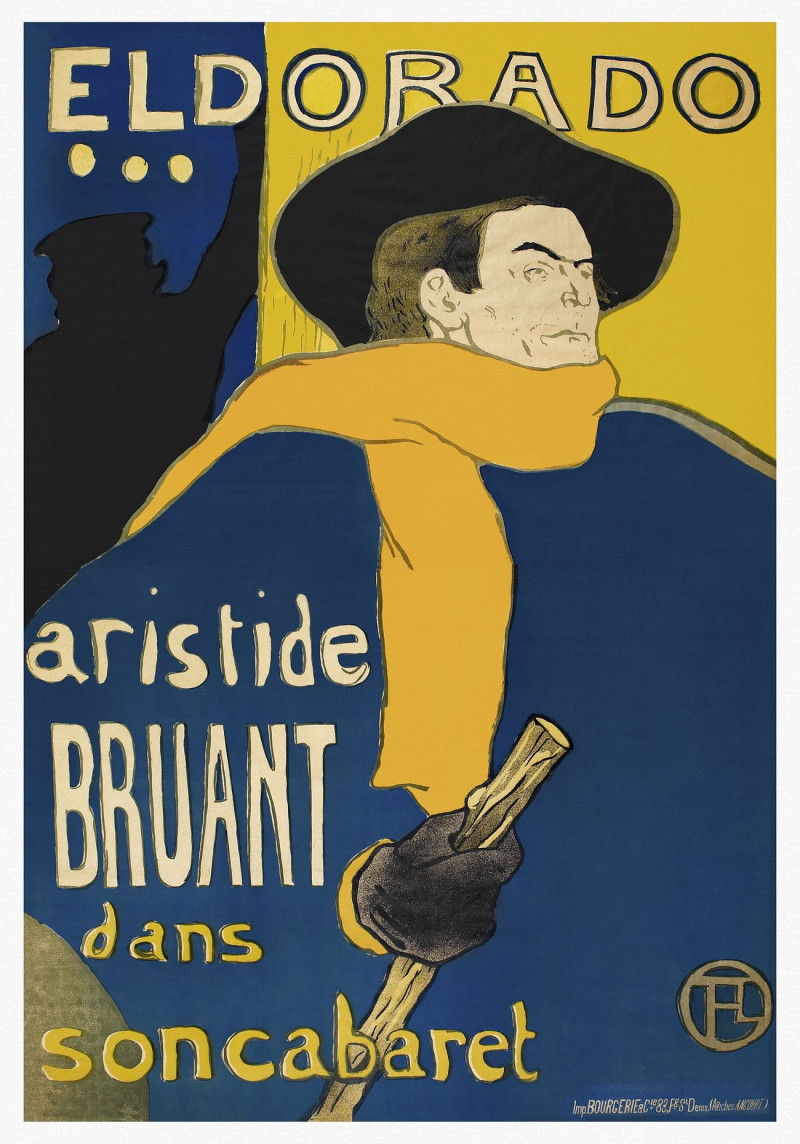
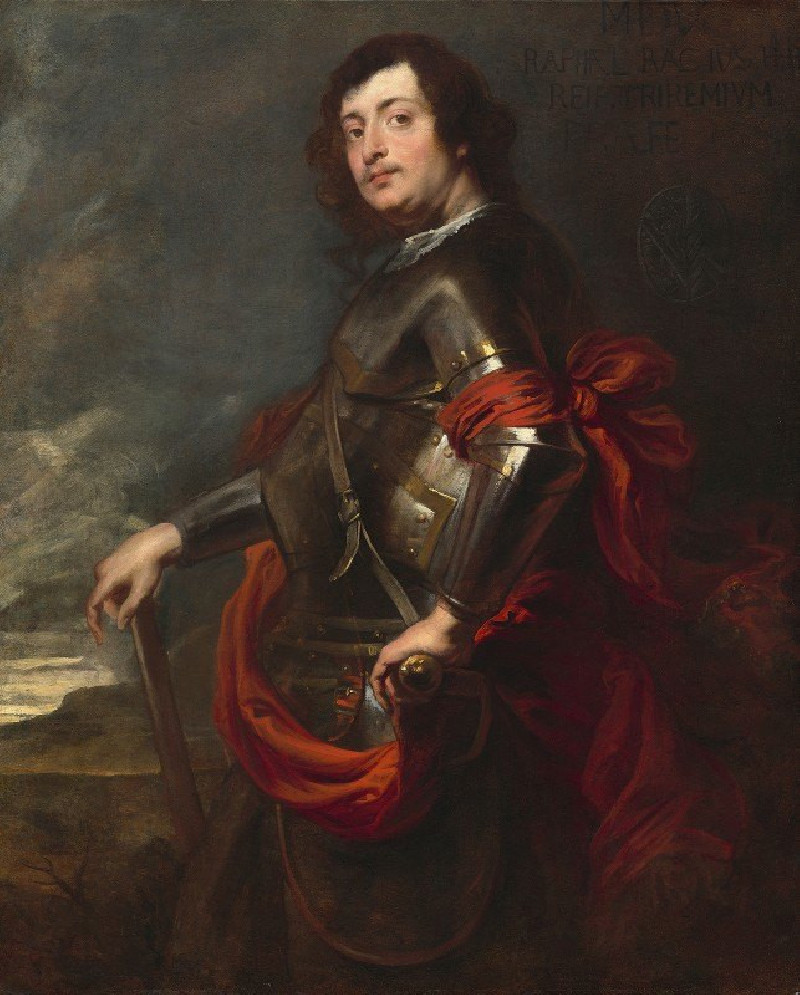

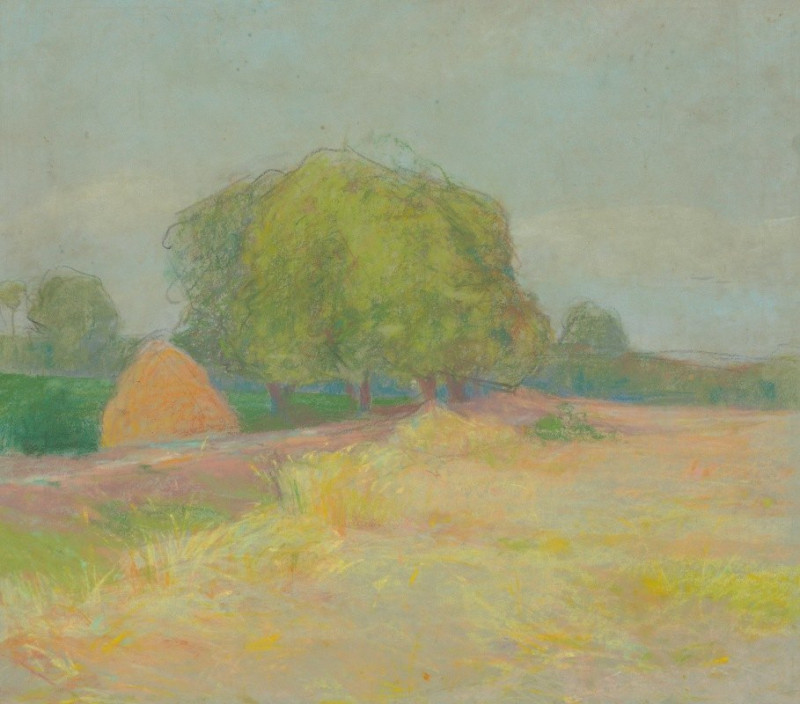
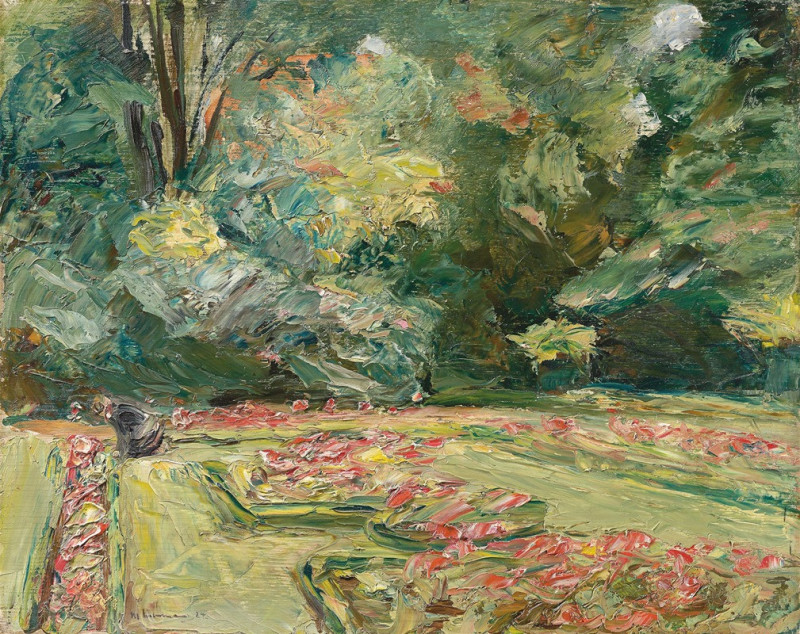
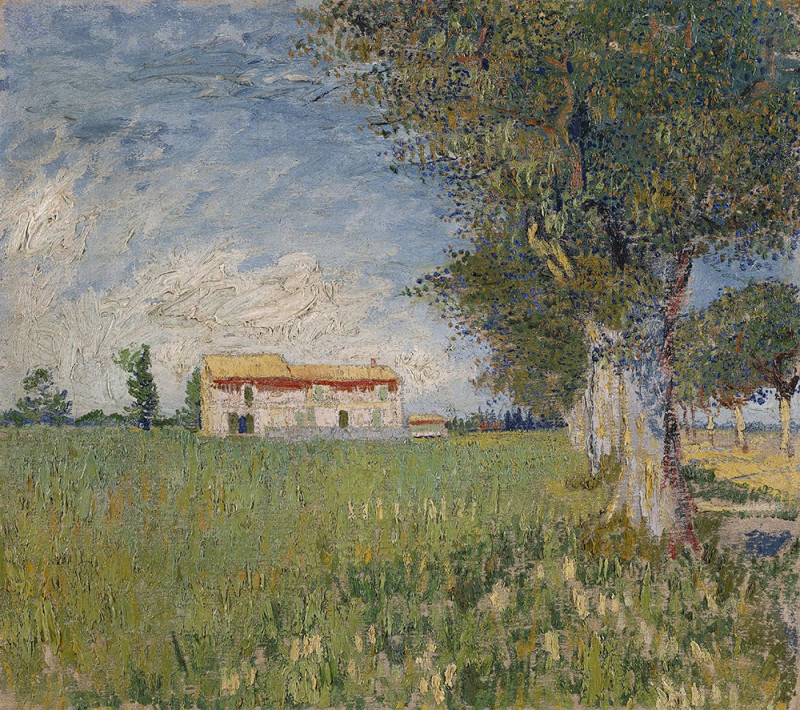
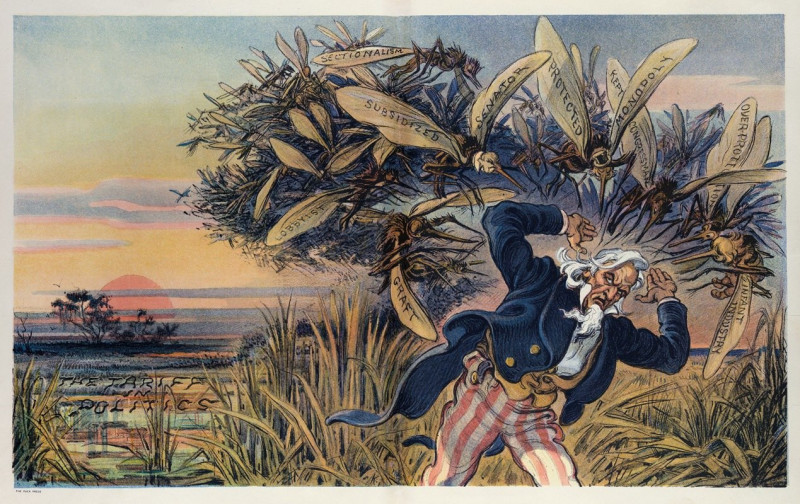
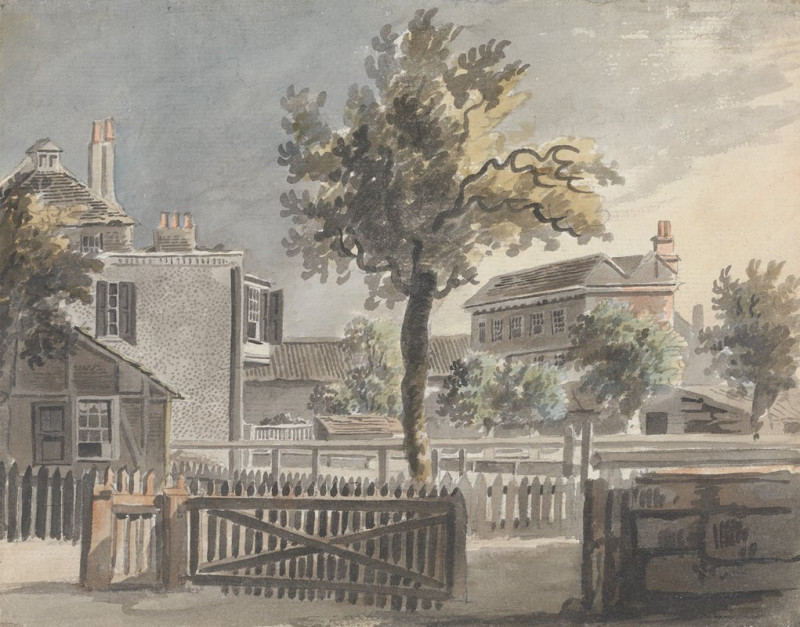
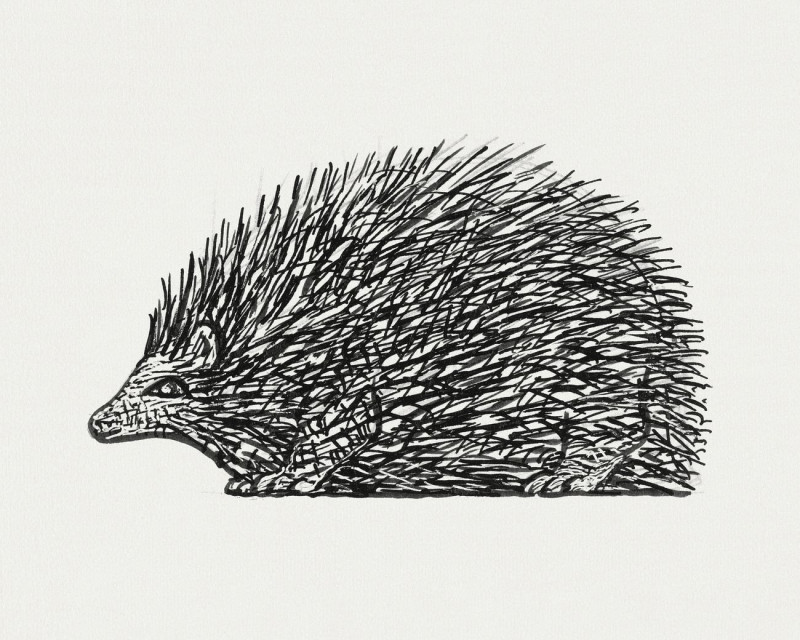
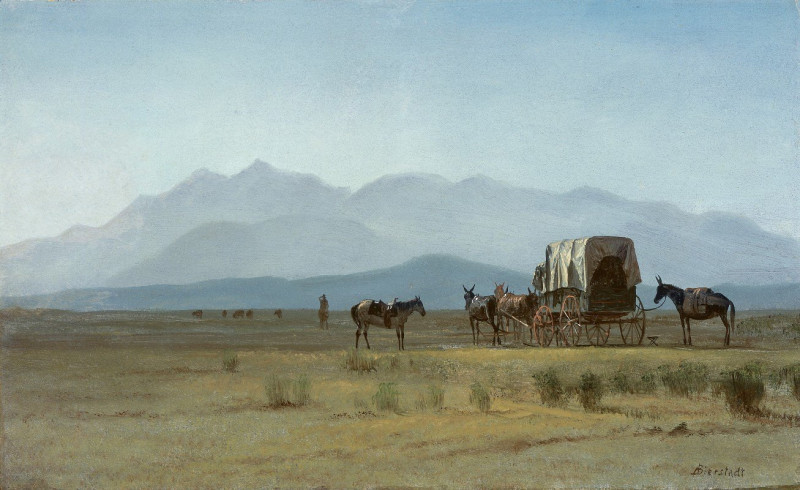
![View from under the portico of Temple of Edfou [Idfû], Upper Egypt. (1846-1849) reproduction of painting by David Roberts. AL...](https://reprodukcijos.lt/39174-large_default/reproduction-of-view-from-under-the-portico-of-temple-of-edfou-idfu-upper-egypt-1846-1849.jpg)